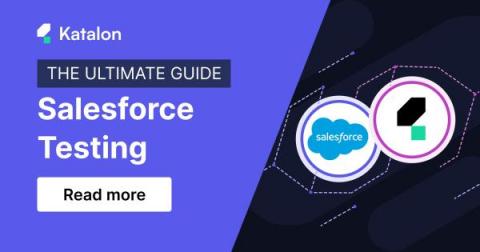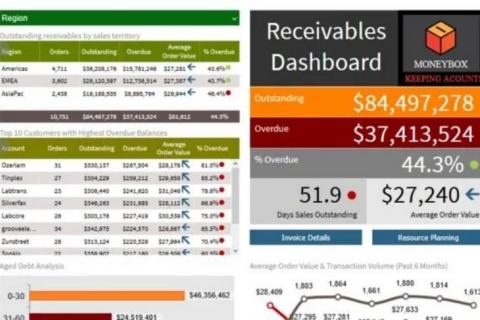Systems | Development | Analytics | API | Testing
Latest Posts
Generative AI + Low-code: 4 Things to Know
Ancient Greek mathematician Archimedes once said, “Give me a lever long enough and a fulcrum on which to place it, and I shall move the world.” He was right. When you intelligently use the right tools, you can move worlds and accomplish what on the surface seems impossible. Right now, developers are doing the impossible—building applications in record time that truly transform industries, improve business processes, and unlock radical productivity.
3 data quality obstacles to beat with Talend and Snowflake
In today's fast-paced, data-driven world, deeper data insights and faster time to value are paramount if you want your business to stay competitive and thrive. Decision-makers need instant access to all their data sources to make sound business decisions — and they need to have trust in their data. However, data quality is often overlooked. According to Gartner, poor data quality costs organizations an average of $12.9 million annually. What’s going on?
Five Ways A Modern Data Architecture Can Reduce Costs in Telco
During the COVID-19 pandemic, telcos made unprecedented use of data and data-driven automation to optimize their network operations, improve customer support, and identify opportunities to expand into new markets. This is no less crucial today, as telcos balance the needs to cut costs and improve efficiencies while delivering innovative products and services.
Salesforce Testing: A Complete Guide
Salesforce is a game-changer in the business world, revolutionizing how organizations manage customer relationships and drive growth. As businesses increasingly adopt Salesforce as their go-to CRM platform, the need for robust Salesforce testing to fully unlock its capabilities also rises. However, Salesforce testing is quite complex, especially in terms of data management.
4 Financial Dashboard Examples for 2023
Financial dashboards bring performance into focus by collecting the most important metrics and indicators in one location. But when organizations build their financial dashboards from the ground up, challenges often arise. A primary hurdle is making the right design choices to create dashboards that drive successful business decisions. To overcome this hurdle, it helps to incorporate ideas that have already been implemented, evaluated, and improved on by others.
Snowflake Native App Framework Now Available to Developers in AWS
At Snowflake Summit 2022, we introduced a new way of building apps with the Snowflake Native App Framework. Today, we are excited to bring the power of the Snowflake Native App Framework to developers around the world with the public preview in AWS. Developers can now start building and testing Snowflake Native Apps in their accounts in AWS. Distribution and monetization capabilities will be available in public preview on AWS later this year.
Your Content Changes; Your Layout Doesn't. Make Sure it Always Looks Good.
Visual tests are essential for making sure your website looks good, but they also can be challenging to run if your website has a lot of dynamic elements. In a typical visual regression test, your goal is to compare new website versions against previously set baselines to check that unnecessary changes don’t accidentally get loaded to production.
Snowflake's Single Platform Improves Performance, Advances Mission Criticality, and Analytics While Supporting More Data Types
The world is undergoing a remarkable transformation fueled by data. Organizations have accumulated silos across their data infrastructure to support various workloads, languages, tools, and formats because of technology limitations. These silos can have major consequences in the form of greater operational burden, security vulnerabilities, increased total cost of ownership, incomplete insights, and reduced agility.
Version control APIs with Git integration
Available in beta, we have introduced new version control REST APIs for Git integration in the 9.3.0.cl release of ThoughtSpot Analytics Cloud. ThoughtSpot administrators can now link their instances to a GitHub repository and utilize continuous integration and deployment (CI/CD) best practices to effectively manage their organization's analytic content throughout its lifecycle.











